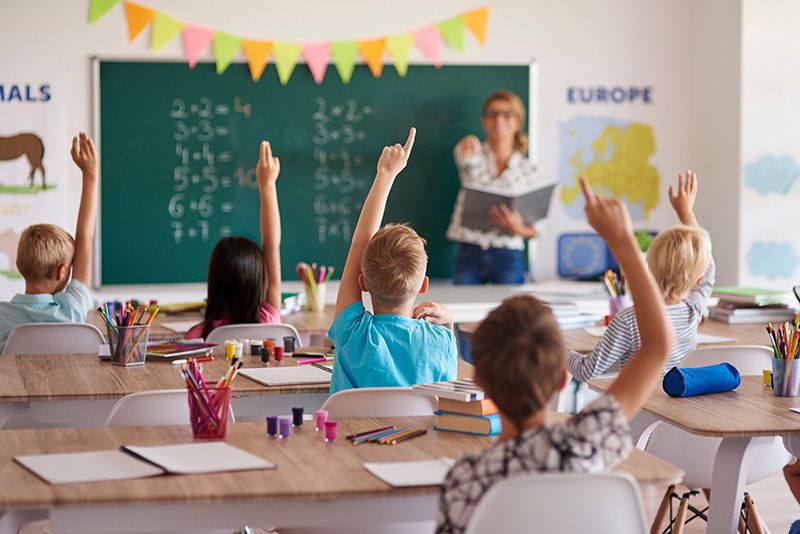Back to School: Beyond the ABCs
Unprecedented challenges emerge with the reopening of schools this fall. From teacher shortages to learning gaps exacerbated by the pandemic, the education system is under immense pressure to adapt. In a news briefing hosted by Ethnic Media Services, Aug. 18, experts discussed these challenges and more, offering insights and solutions for a successful school year.
Speakers

In STEM education, teacher shortages is one of the most pressing issues. According to Sandy Close, the Executive Director of Ethnic Media Services, “233,000 teachers left the profession during the pandemic and have not returned. 41 states say they will be short of teachers, particularly in STEM education.” This shortage is not only a result of the pandemic but also a long-standing issue that has been exacerbated by the pandemic.
A multi-pronged approach must be implemented. Providing incentives for teachers to stay in the profession, using higher salaries and better working conditions as bait. Recruit teachers from diverse backgrounds, creating for a more comfortable environment for all. As Sandy notes, “we need to make sure that we’re recruiting teachers who reflect the diversity of our student population.”
Another major challenge facing schools is the learning gaps caused by the pandemic. According to Sandy, “Children lost about one third of the learning they would have received during the normal year, resulting in much lower test scores, especially in low-income districts.” This learning loss has disproportionately affected students from low-income families, who may not have had access to the same resources and support as their wealthier peers.
Schools need to provide targeted support for those struggling. There are many tools in the shed including tutoring, after-school programs, and summer school. Building relationships with students and families should be the biggest concern for schools. Creating a supportive and inclusive environment is way easier said than done.
Students often face a polarized environment. Fortunately, parents and politicians aren’t taking this challenge lightly. They are on it, attempting to reshape curriculums and school policies. The polarization could create a hostile and divisive atmosphere that is detrimental to the students.
Schools build towards prioritizing inclusivity and diversity. Sandy believes that the education system should, “make sure that we’re teaching our students about different cultures, different histories, and different perspectives.” Schools need to create opportunities to engage in meaningful, or meaningless (depends who you ask) debates, fostering critical thinking and empathy.
Evelyn Aleman, the Executive Director of the Latino Community Foundation, believes in the honesty policy. No matter what cost, even when it is unpopular, the truth is always to be told. Many Latino parents feel excluded from the education system thanks to a language barrier. This exclusion takes a toll on their children’s education.
“We’re 74% of the student population,” Aleman said. “My parents don’t speak English, right? And they’ll say then I can’t do the story. Unbelievable, right? But it happens. So this is what we’re committed to. It is necessary. It is oftentimes unpopular. But, if we’re here to tell the truth and tell the truth to power and its entirety, then some of us have to have the courage to step up.”
Aleman highlights inclusivity and representation in the education system. Students and families should feel welcomed, not excluded, regardless of their background or language. The implementation of cultural education and to provide resources and support those with language difficulties is essential in a school ecosystem.
Despite the challenges facing schools today, innovation and growth is always lurking around the corner. Sandy calls upon the opportunity we have to, “reimagine what education can look like, to create a more equitable and inclusive system that meets the needs of all students.” Teaching and learning could shapeshifter into a whole different animal all together. Project-based learning and personalized learning, as well as new technologies can all be tossed in to a make a delicious educational soup.
Sandy reminds us, “we’re investing in our students, investing in our teachers, and investing in our communities.” So let’s get to work! As a teacher, student, parent, or policymaker, a role to play is already there. We should be ready to invest in the newest models we have in Gen-Z and Gen-Alpha.


